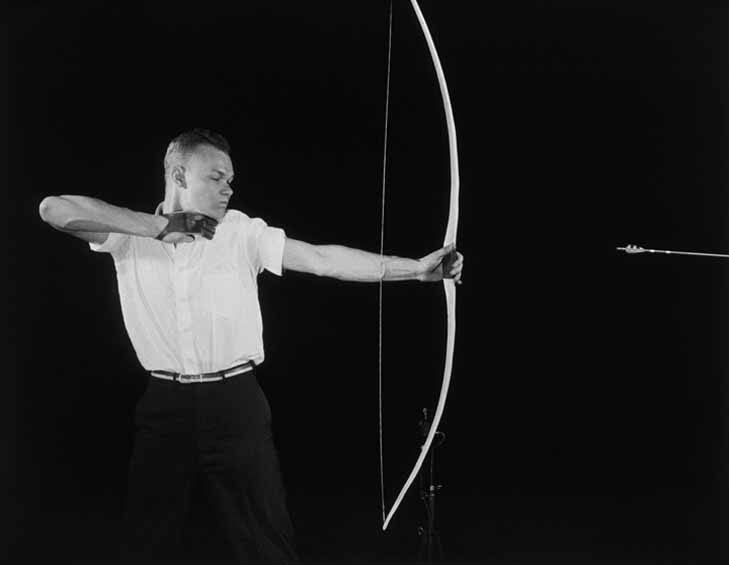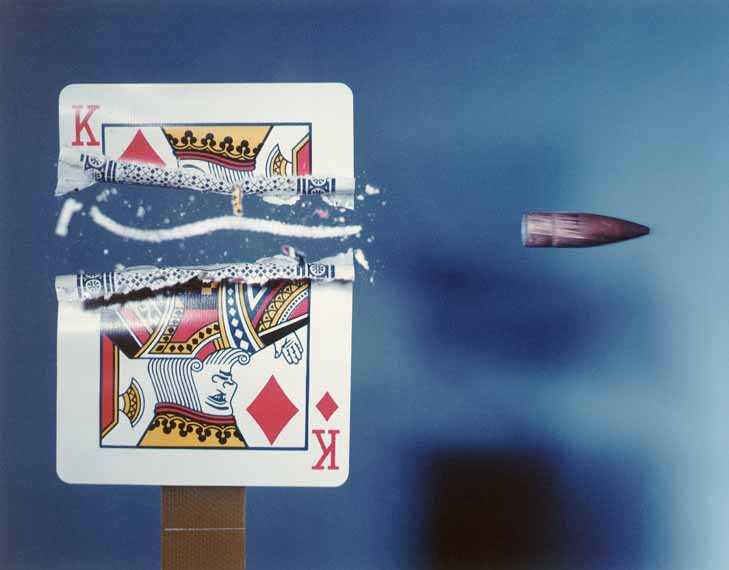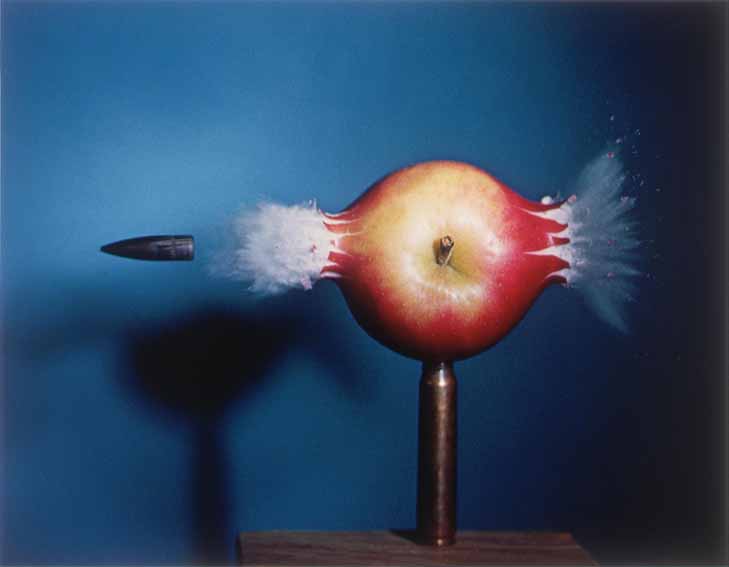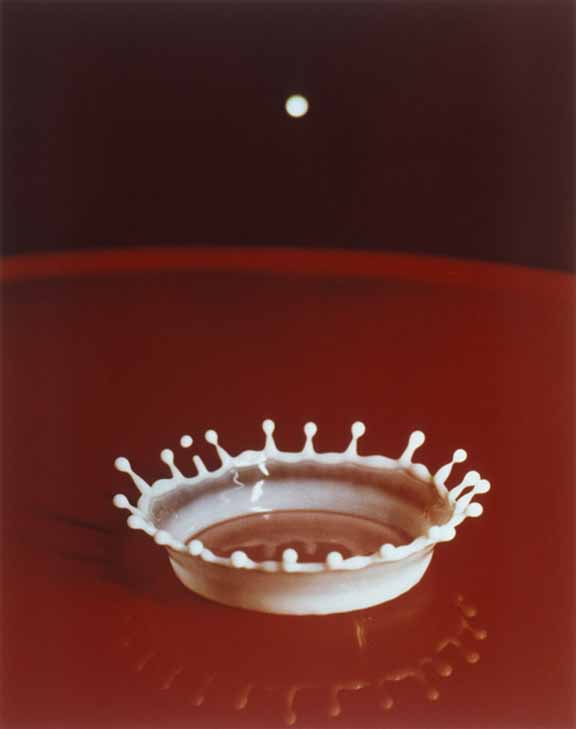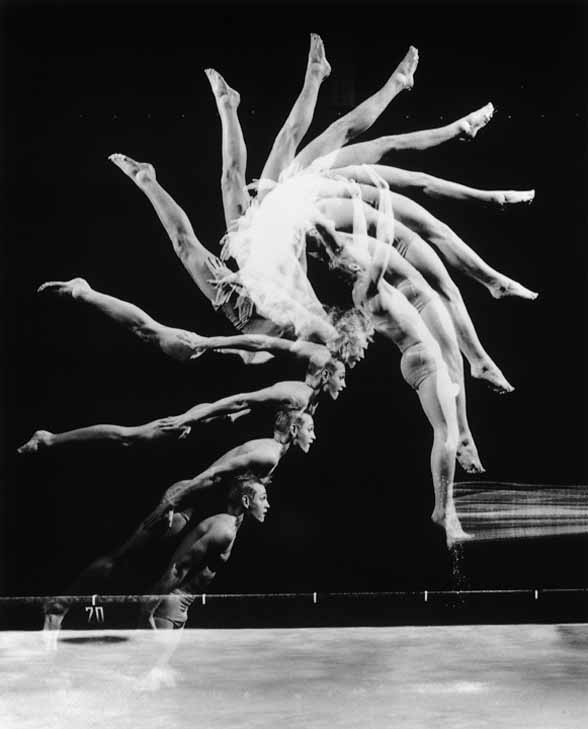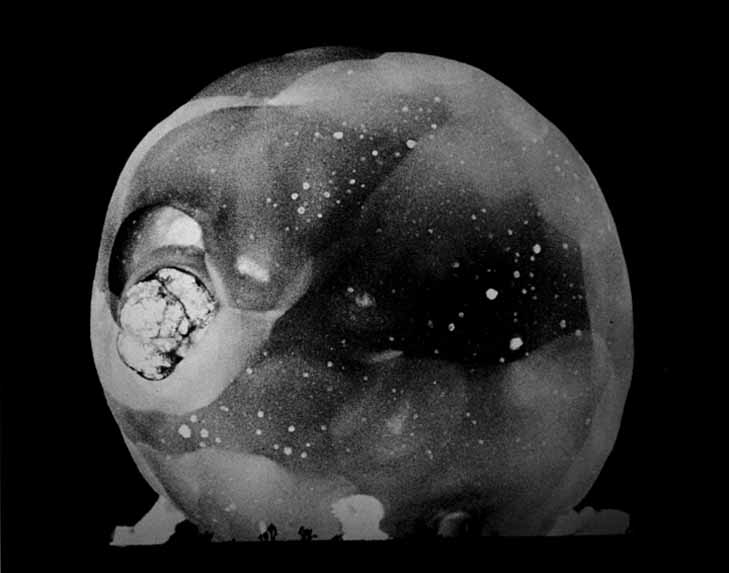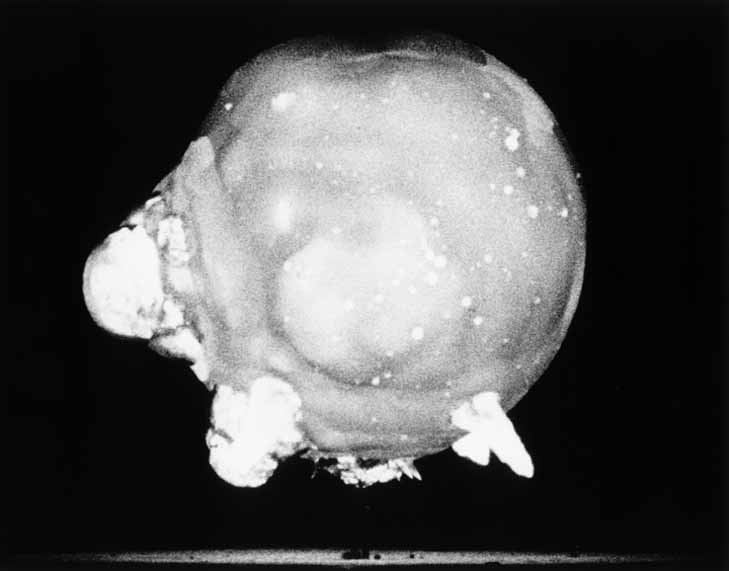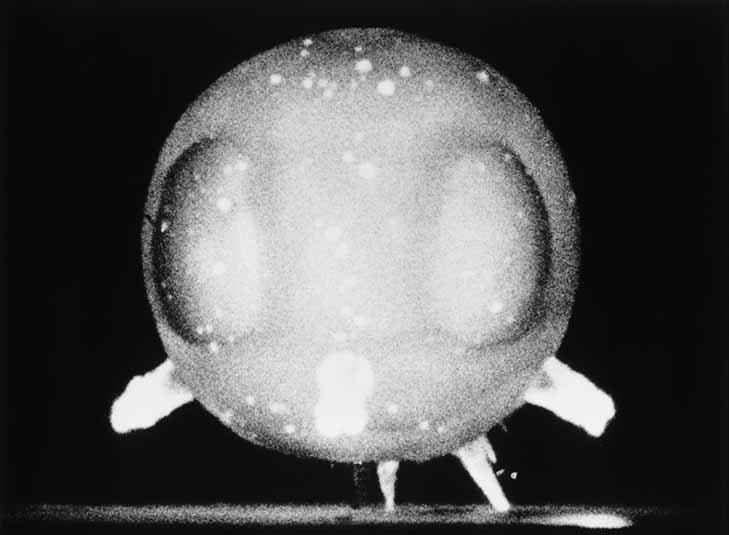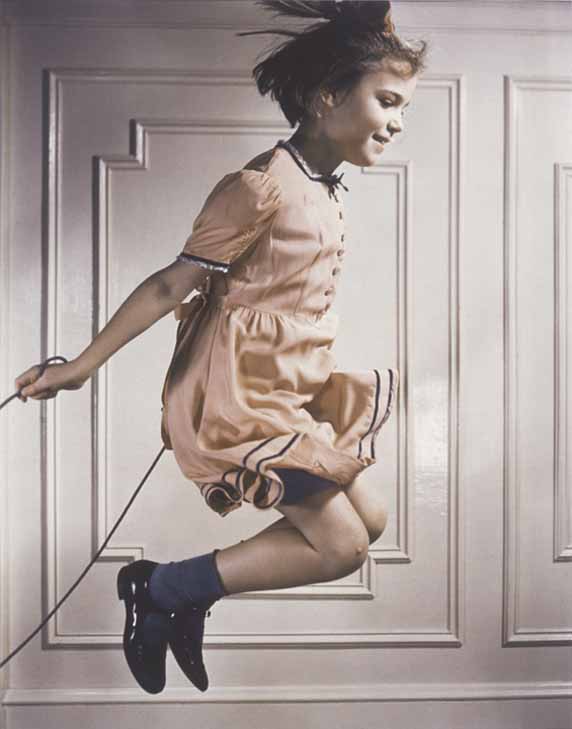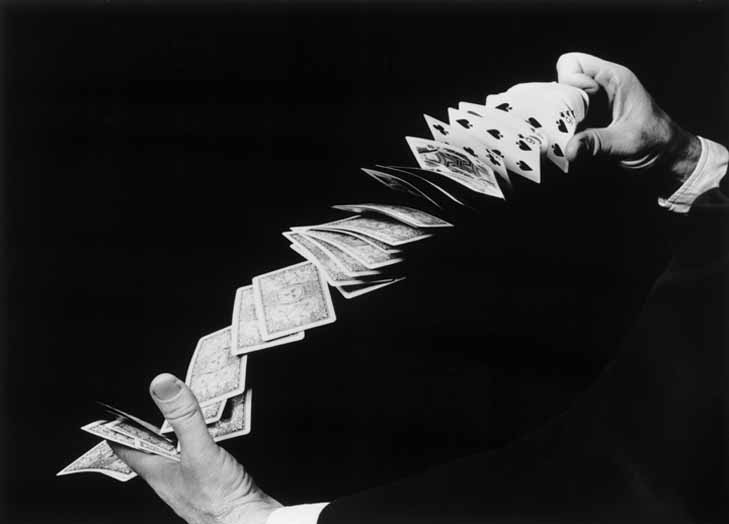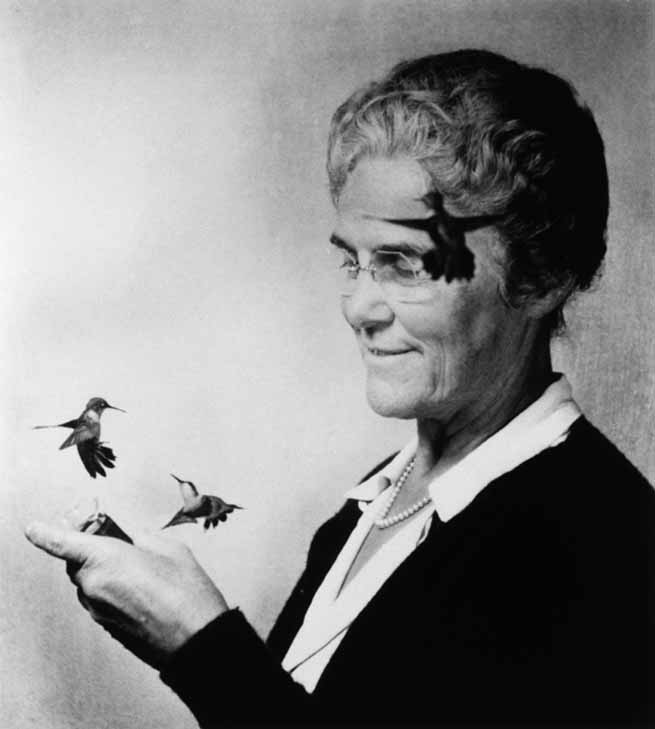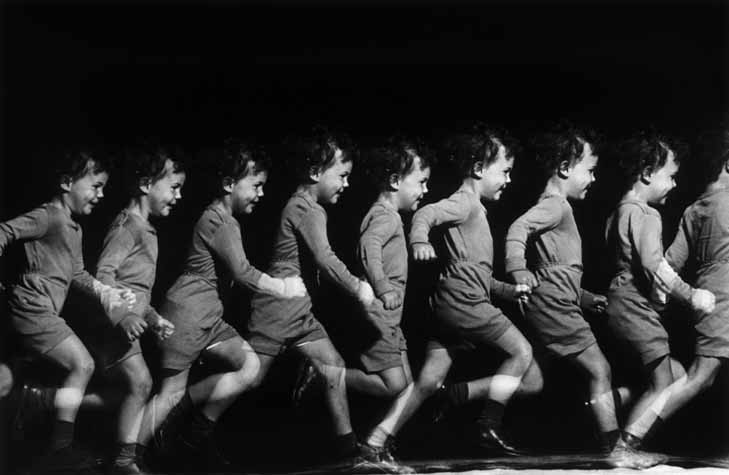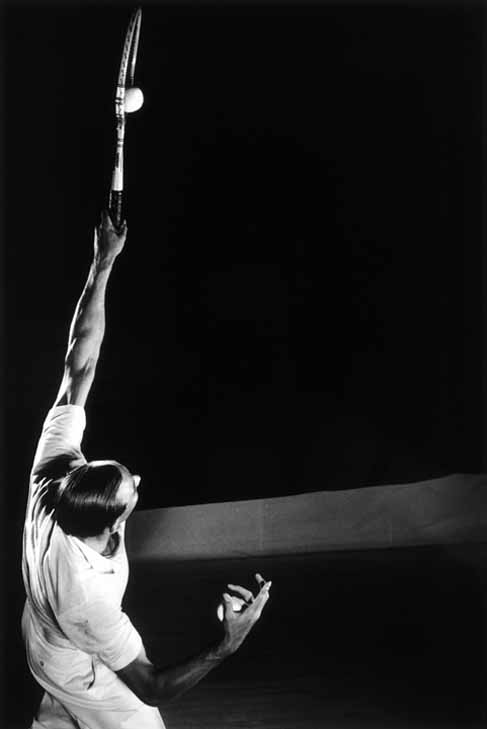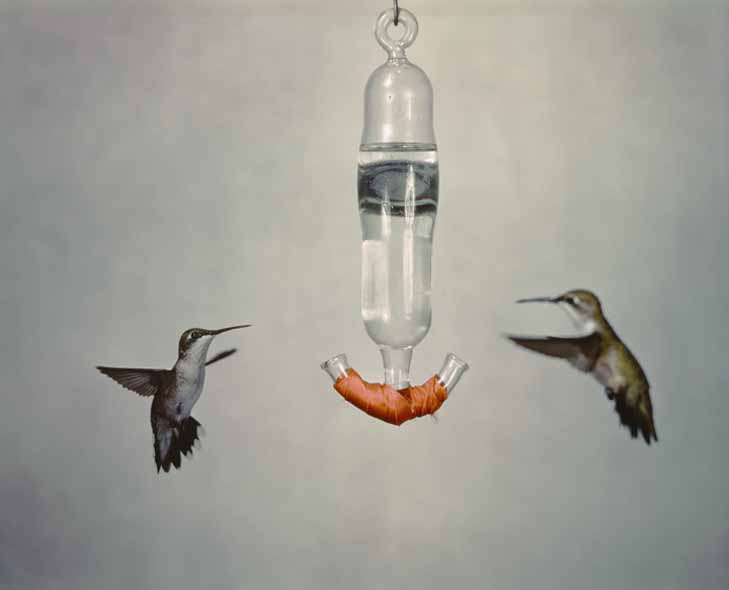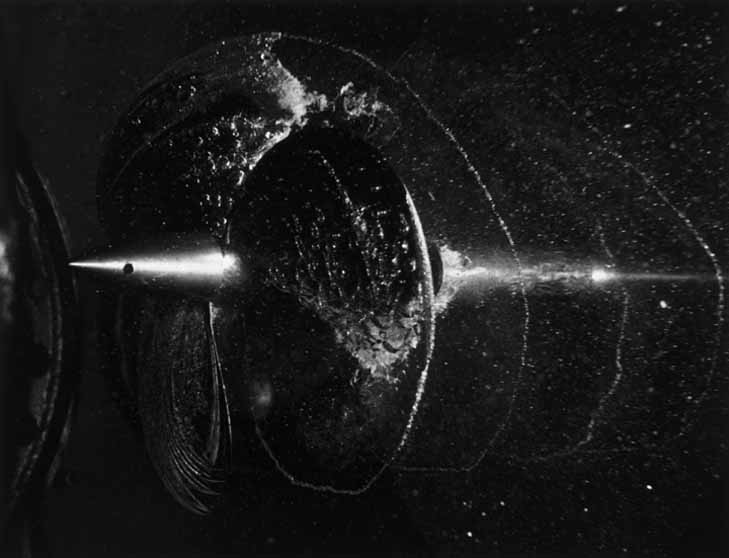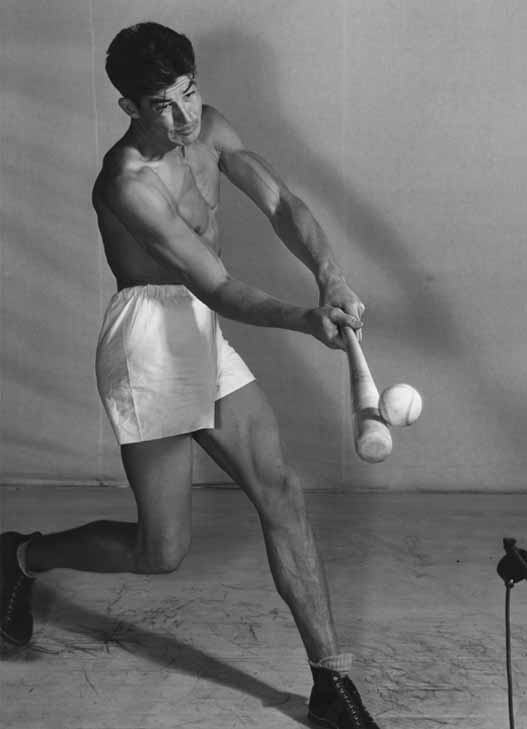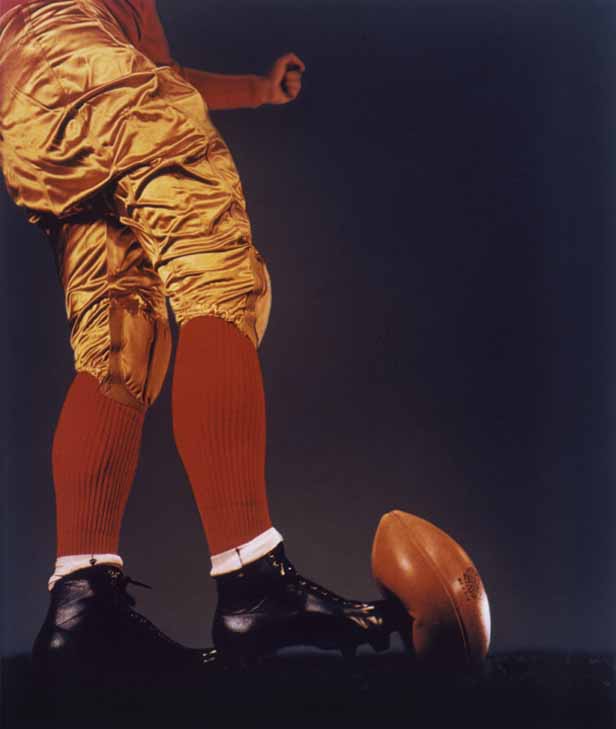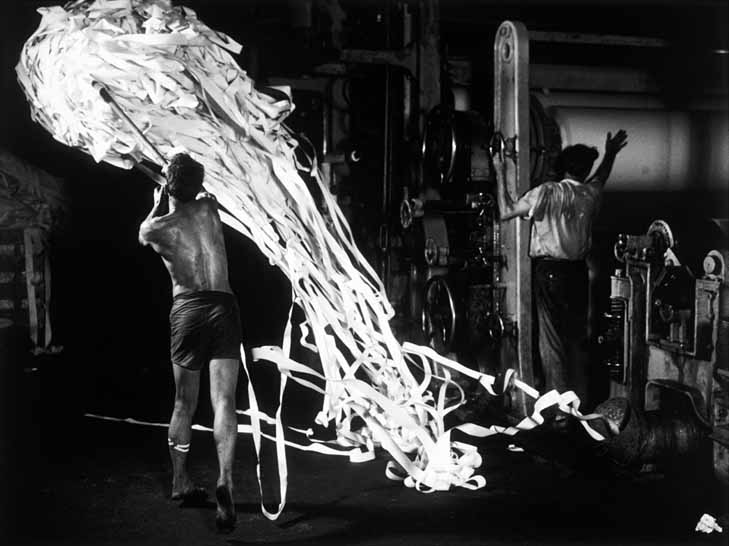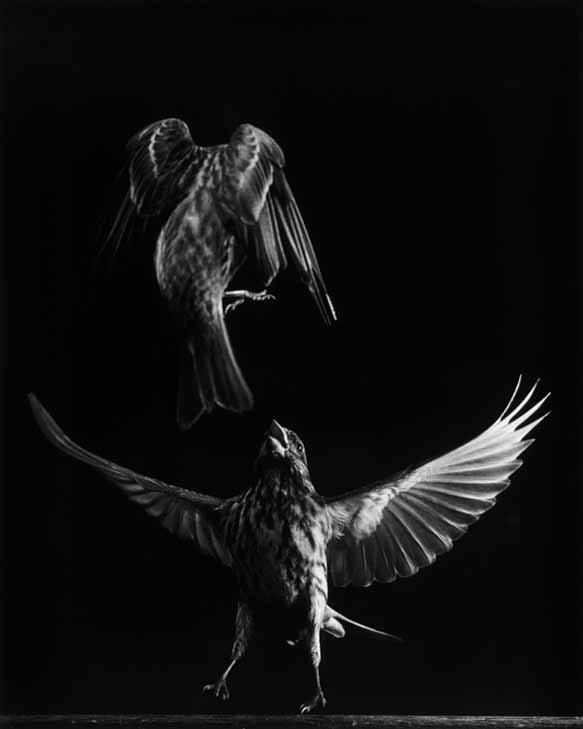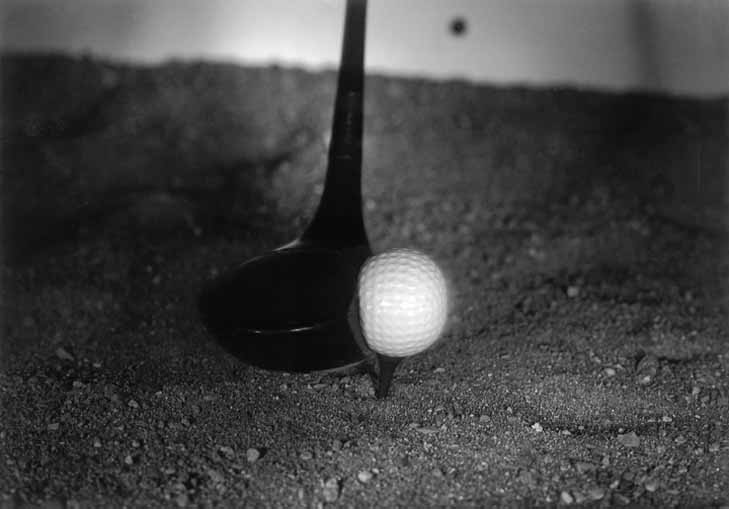Freezing Time: Early Examples of High-Speed Photography
There were numerous high speed photographic systems developed between the 1890’s and the 1930’s. Systems were developed in Britain, France, Germany, Switzerland, Russia, Japan, and Sweden, as well as the United States.
There were several advances in the early 1930’s. Dr. Harold Edgerton developed the Stroboscopic Flash System, which provided extremely short duration light sources to stop action and give a detailed look at sequential events. This system was used in conjunction with still photographic equipment to produce a series of photographs superimposed on the same negative.
SEE ALSO: Stunning photos capturing the exact moment of impact
Edgerton became famous for his photographs of athletes in action and birds in flight. His team also photographed atomic bomb explosions at Nevada Proving Grounds in the 50s for research purposes. Edgerton’s contribution to photography didn’t end with the strobe flash. He also worked with Jacques Cousteau developing underwater photographic techniques and side-scan sonar devices to map the ocean floor. Check out some of his photos below and many more at the Edgerton Digital Collection.

